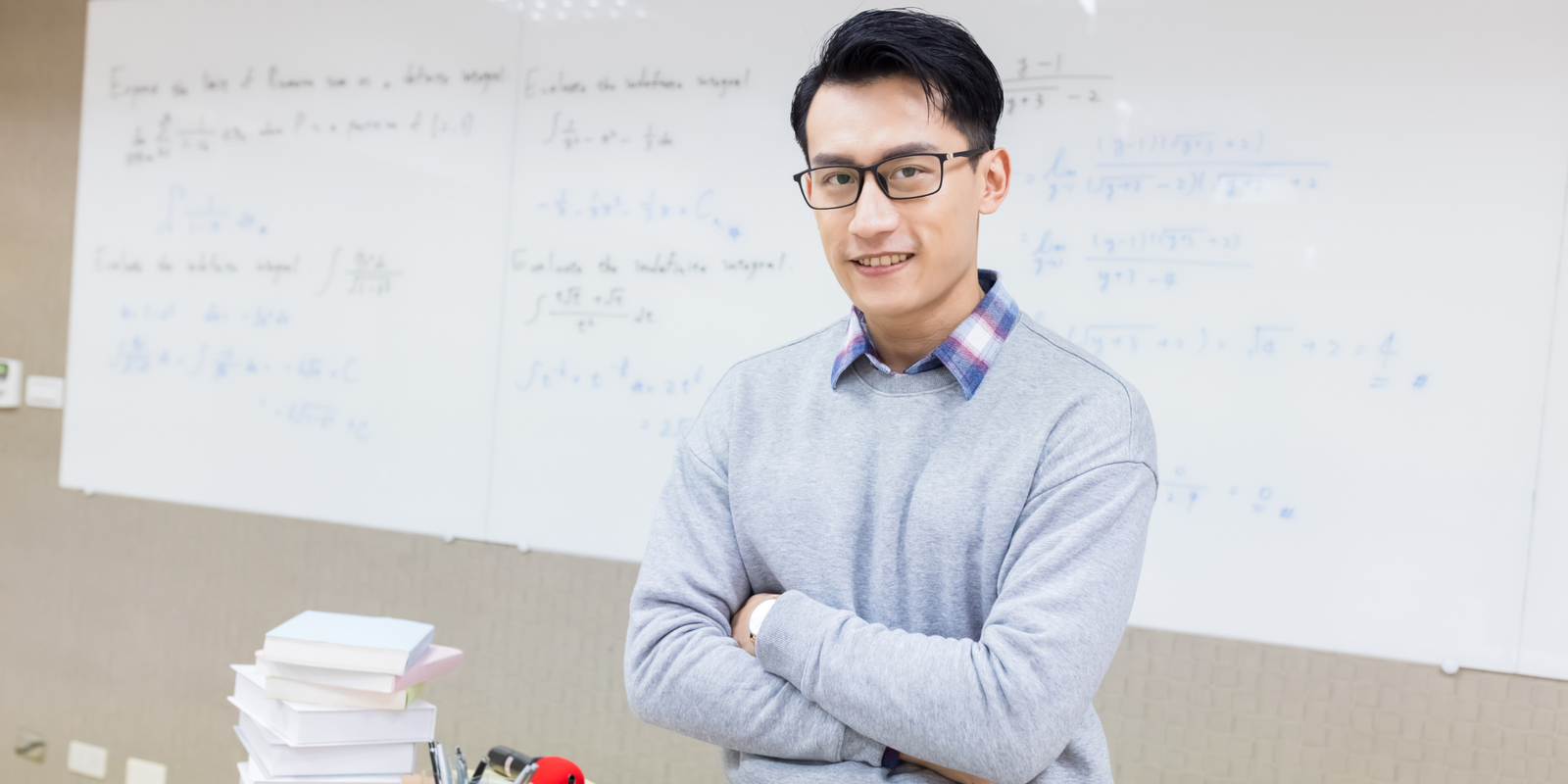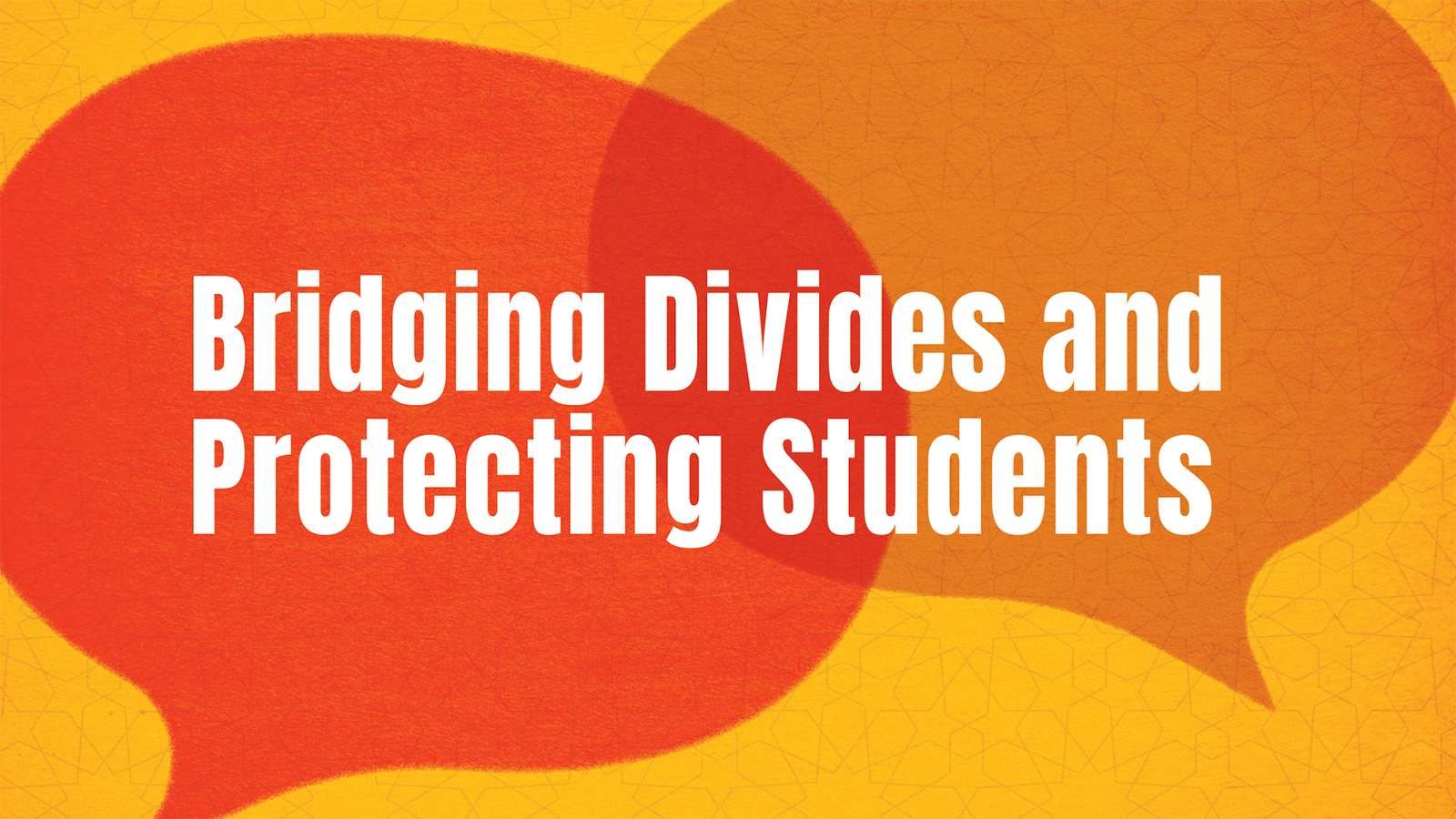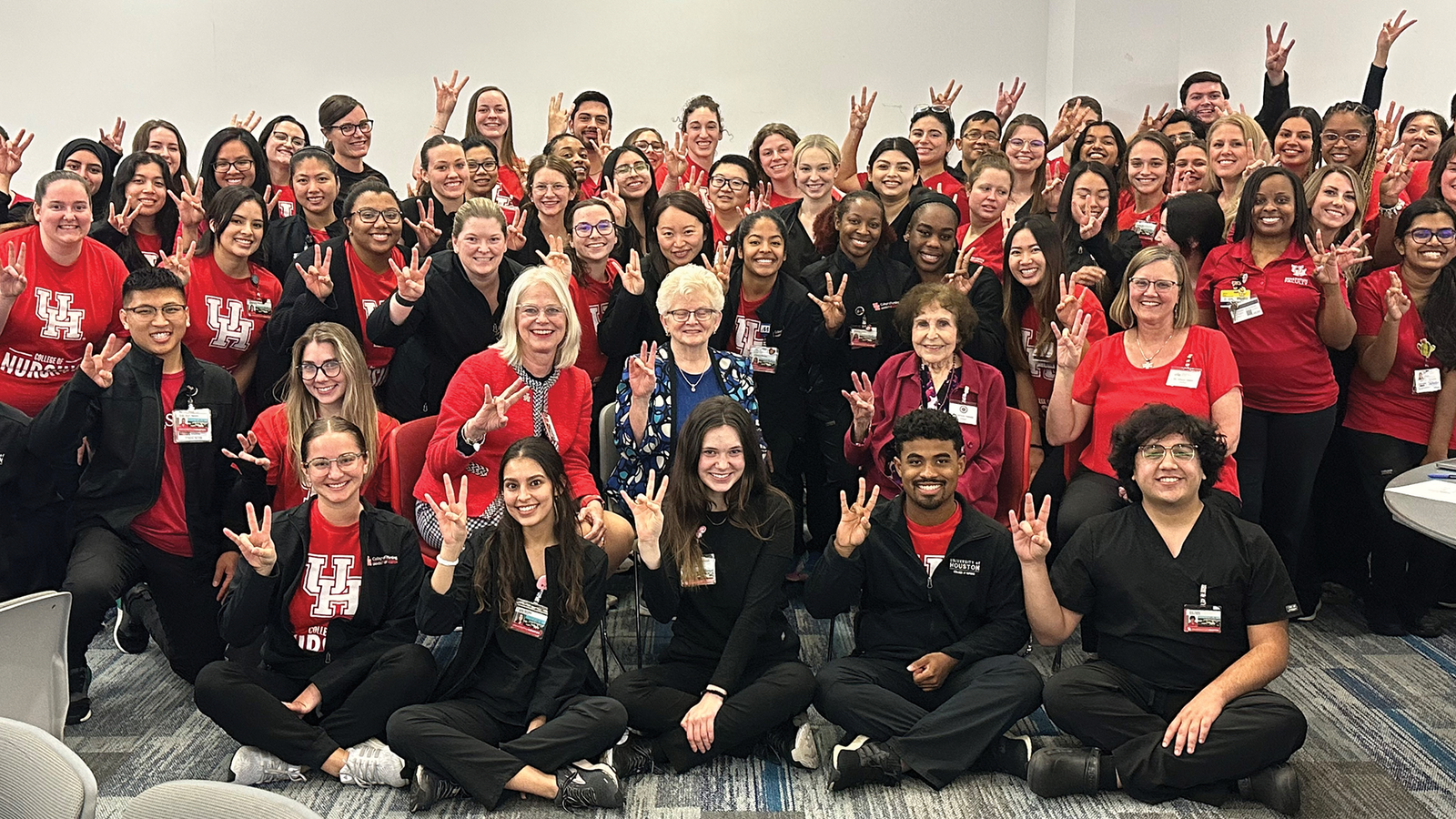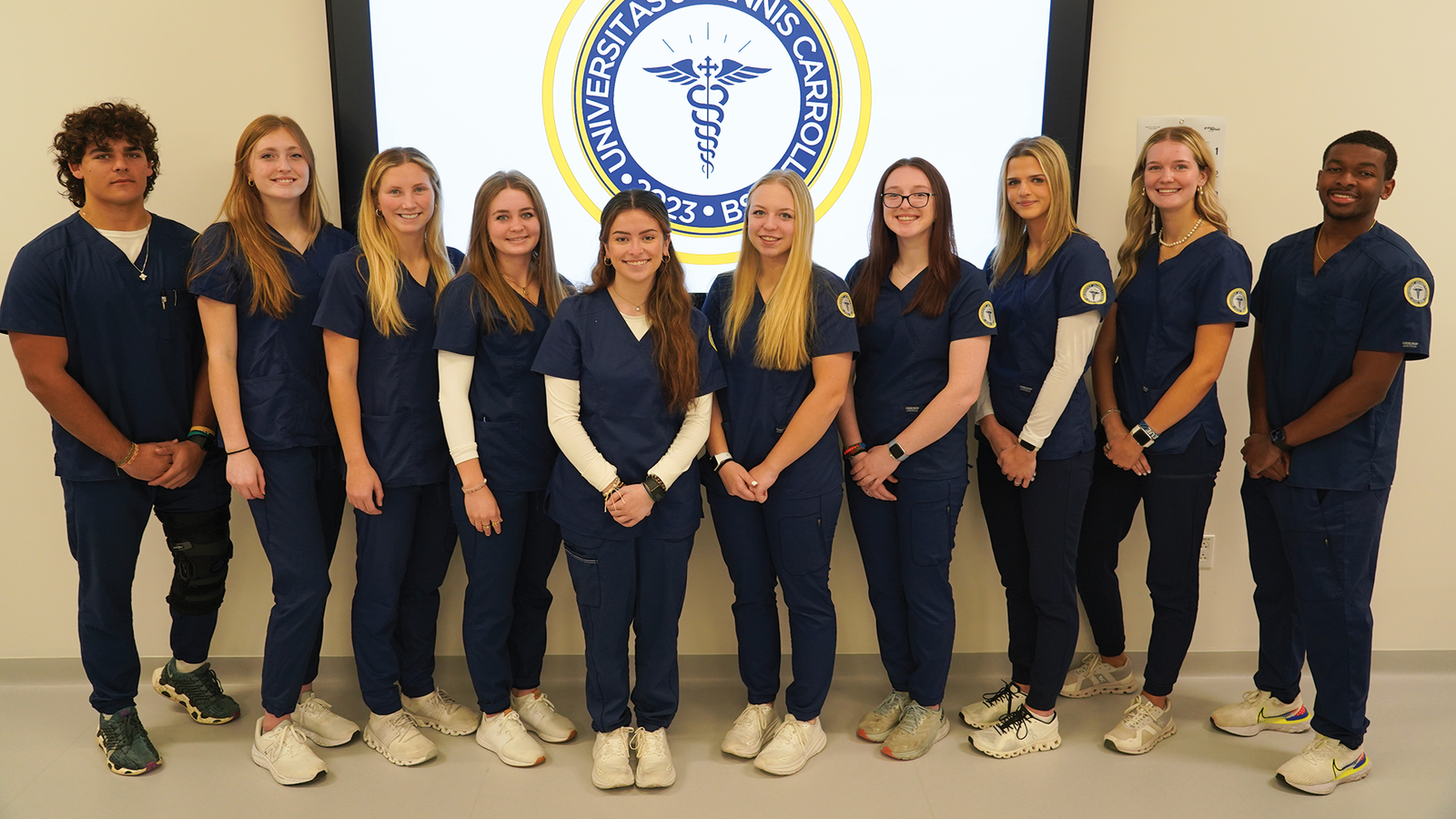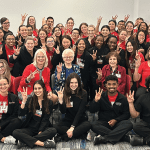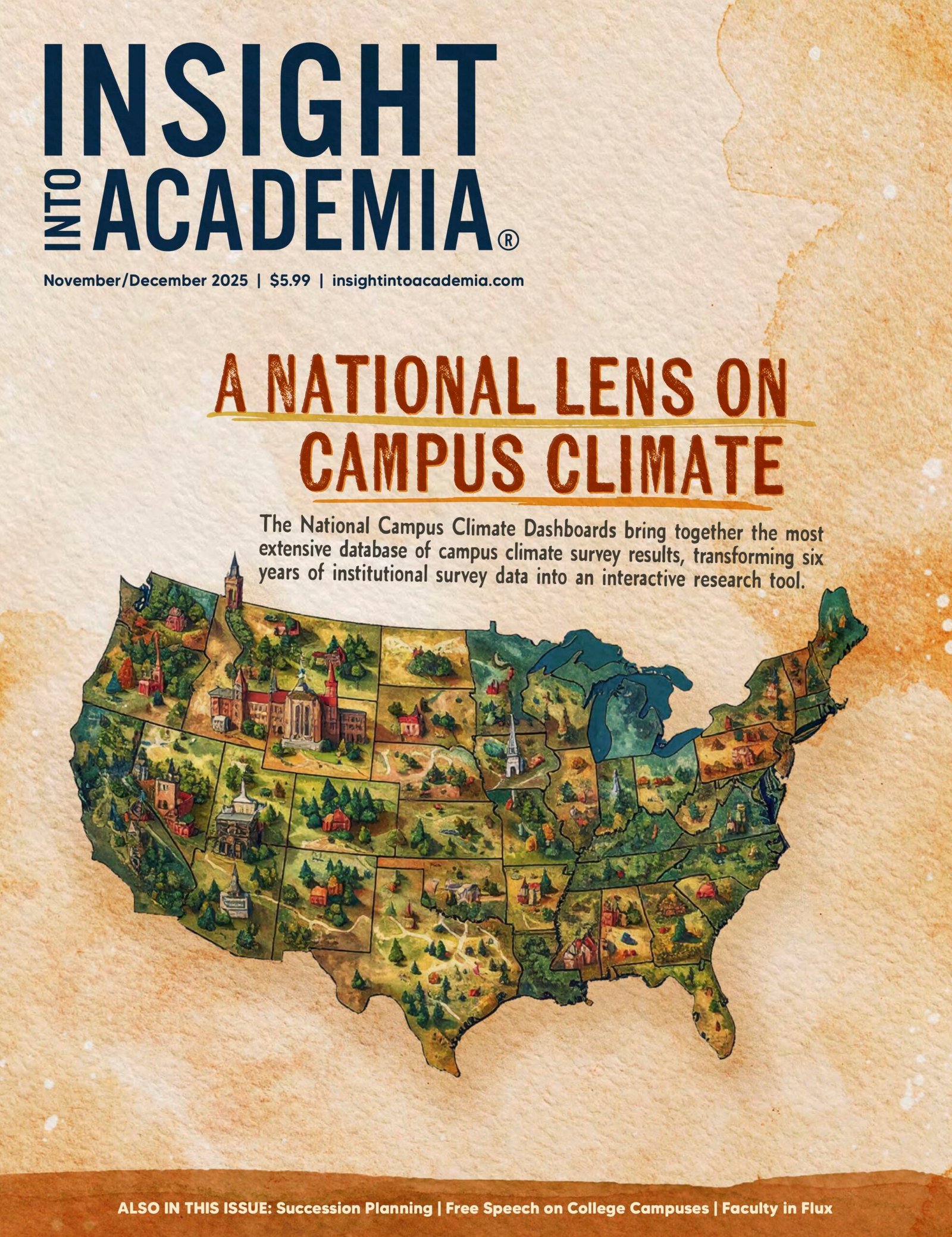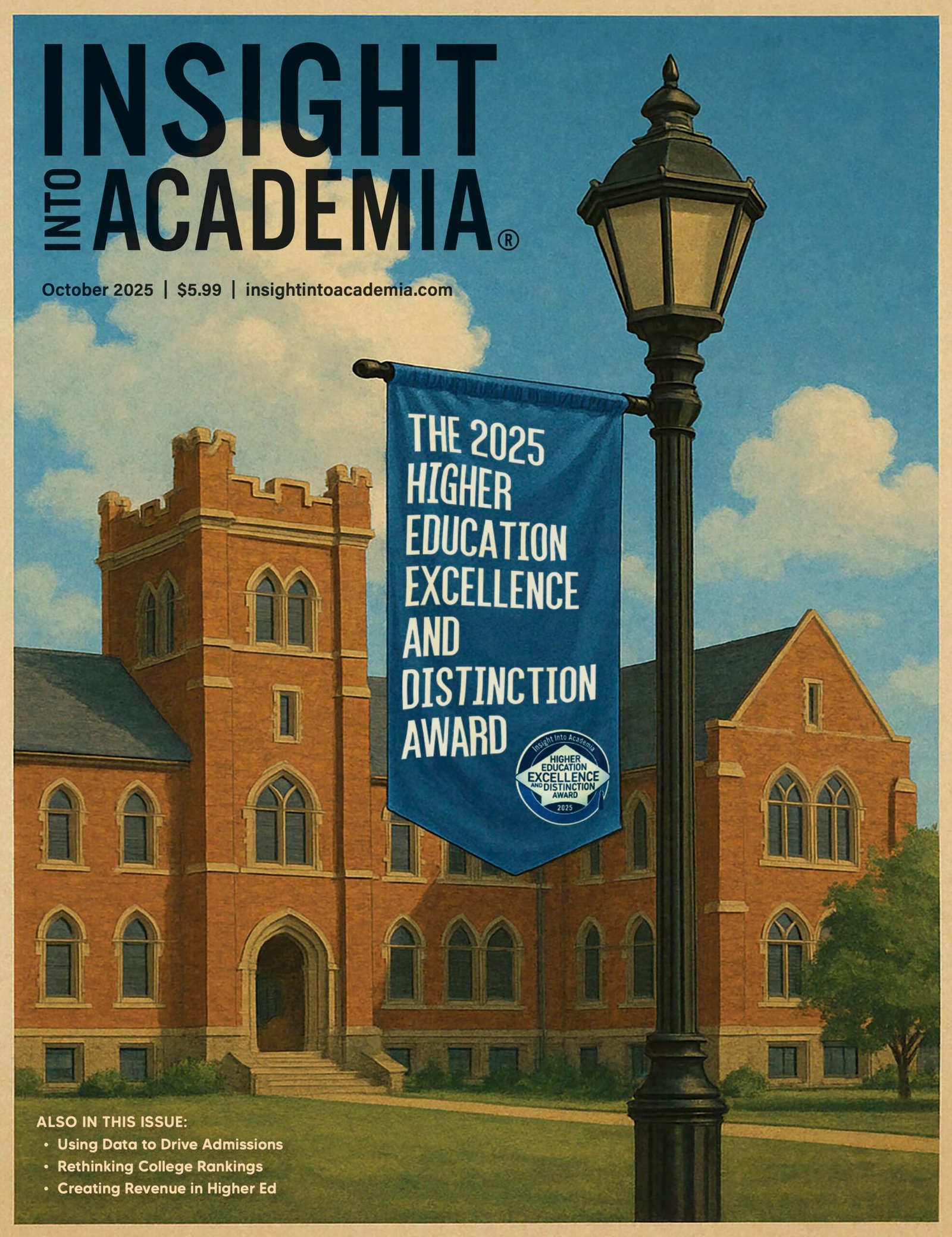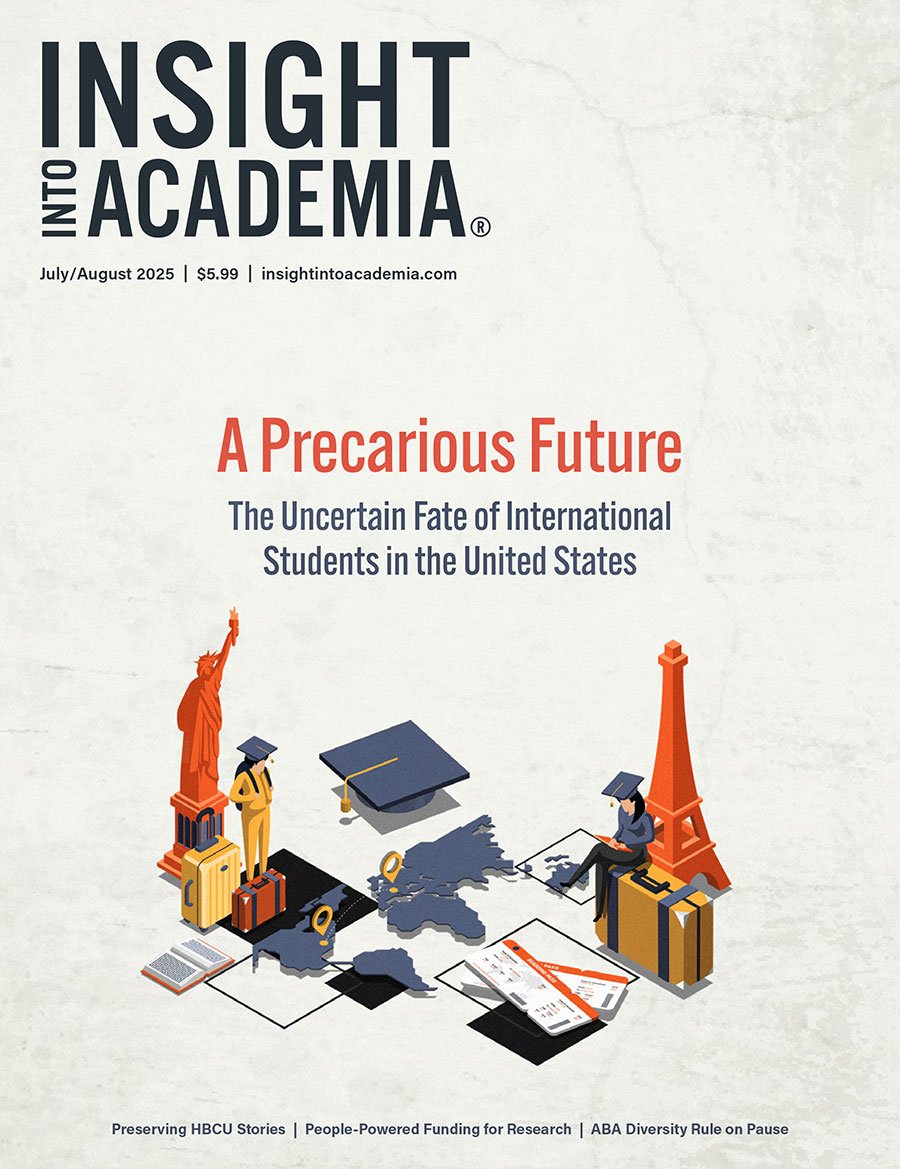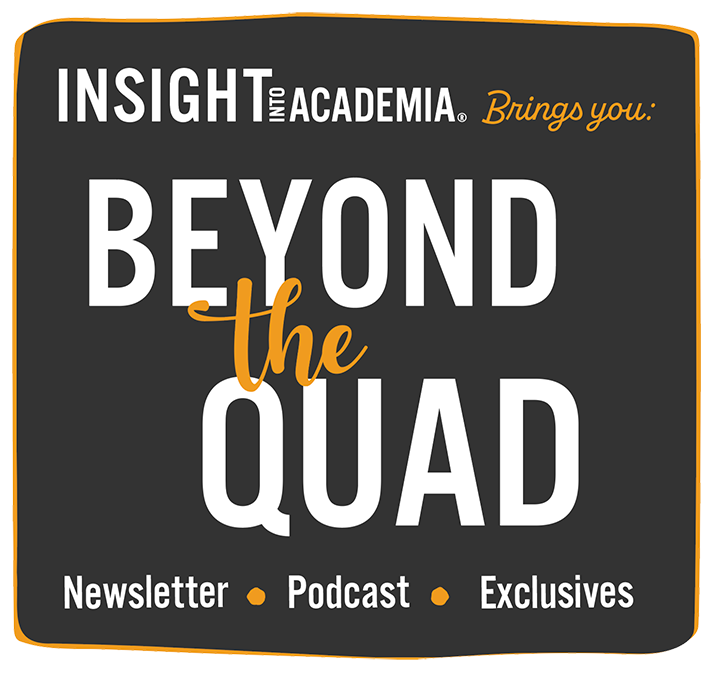Nontraditional students don’t fall into one category. They can be parents, veterans, servicemembers, or working professionals. They might commute more than 30 miles to campus or take night classes to accommodate their full-time jobs. Regardless of their differences, Arkansas State University (ASU) and Kansas State University (KSU) have made significant efforts to include these groups and ensure their success through services that specifically target them. The result is a more inclusive environment for nontraditional student populations.
[International students sit together on the campus of Kansas State University. (Photo courtesy Kansas State University)]
Arkansas State University
A growing veteran enrollment at ASU was the wake-up call campus leaders needed to realize they had to create more services for nontraditional students.
That was roughly five years ago, says Maurice Gipson, PhD, vice chancellor for Diversity and Community Engagement. “[Nontraditional students] were not really attending our traditional student programming,” Gipson says. “The university realized there has to be actual services for this population.”
The university began offering services to veterans who needed assistance adjusting to campus culture. Orientations helped provide an entrance to university life, Gipson says, but that was just the beginning of providing support specifically for nontraditional students. Campus leaders wanted to recreate the welcoming environment for others in this community, so they conducted a survey asking what specifically they would like to see. “The results seemed obvious once we got them, but they were not obvious to us [before the survey],” Gipson says.
Family-centric events after regular business hours for nontraditional students helped create opportunities for them to connect with one another and become part of a larger university community, but it was a lounge created specifically for this group that made the biggest difference. “Having a place where they could go and relax, study, take a break in their own dedicated area where there were more students like themselves has really been positive,” Gipson says.
The lounge is staffed by an employee who can provide information about resources. A computer station, comfortable chairs for relaxing, and coffee delivered twice a week help make this area a special space where the students can feel at home.
ASU also provides a booklet of information on resources in the community, from babysitting services to family-friendly restaurants to career search assistance — “things that a typical 18- to 19-year-old are less concerned about,” Gipson says.

Additionally, the university operates the Nontraditional Student Organization, which “advocates and supports the success of nontraditional students.” This support “is both academic and communal and creates a better connection” between students and ASU, according to the organization’s website. The organization has several goals: educate the campus and community about nontraditional students, provide networking for peer support, increase awareness and inclusiveness, prompt celebration of differences among students, and encourage students to take an active role in activities on campus.
To measure success, Gipson says ASU closely tracks these students’ participation in campus activities. Attendees scan their specific barcode at each event so that organizers know who attended. After an event, organizers send out surveys to find ways to improve. “It may seem labor-intensive, but it helps us fine-tune our offerings,” Gipson says. “We really make sure that, one, we see who’s attending and, two, does this specific event meet your expectations?”
Going the extra mile to make sure this population feels recognized and welcome is also critical, Gipson says. That might mean the chancellor personally delivering — in full regalia — diplomas to students who couldn’t attend their graduation ceremonies because of work or life obligations. “You cannot imagine the impact that makes,” Gipson says. “Unfortunately, sometimes just because of life circumstances, nontraditional students do not get to enjoy everything college has to offer.”
The university would like to do more to include these individuals, perhaps by offering a nighttime graduation ceremony in the future, or a special reception at the beginning of the academic year. Evette Allen, director of ASU’s Multicultural Center, and other university leaders are working toward those goals to ensure “none of our Red Wolves get lost,” Gipson says, referring to the institution’s mascot.
“You cannot have a one-size-fits-all approach to the populations you serve,” Gipson says. “We want to make their experience more worthwhile and wholesome. We want every student who leaves here to be part of the pack.”
Kansas State University
Serving veteran students is a focus for KSU, which has a campus in Manhattan, Kan. just miles from Fort Riley Military Base. Servicemembers at Fort Riley often stay in the community after leaving the military and attend college at KSU, says Heather Reed, PhD, assistant vice president, associate dean, and director of Student Life, creating “a great collaborative environment” between the school and the base.

The university dedicates a space in its Student Union to the Veteran Center and also operates a student-led Veterans Association that organizes programs for them. The center — overseen by coordinator Ismael Rodriguez and Assistant Dean and Director Justin Frederick.— ensures that they have access to knowledgeable staff, resources and information, a military-friendly lounge, and a quiet study space with computers and a printer. KSU plans to make the current part-time Veteran Center coordinator position full-time in the near future, Reed says. A full-time coordinator could spend more time improving services and planning outreach to veterans.
This summer, KSU plans to open a U.S. Veterans Affairs (VA) satellite healthcare office near the Manhattan campus, according to Reed. Doing so means students will no longer have to drive nearly 100 miles to the VA hospital in Topeka, Reed says.
Other resources for veterans and nontraditional students include scholarships, childcare services, on- and off-campus housing, free tutoring, study skills courses, financial assistance, peer networking, and campus events.
KSU also drills down to the departmental level to ensure services meet the needs of these students, says Bryan Samuel, PhD, the university’s chief diversity and inclusion officer.
Each college within the university from agriculture to engineering has its own “diversity point person,” or DPP. The DPP serves the purpose of supporting the college by making sure students from underserved and underrepresented populations persist and graduate.
The university employs 11 DPPs who plan ways to improve diversity and serve as liaisons between students and faculty, Samuel says. The DPPs report to the dean of their assigned college and also collaborate with Samuel on larger projects. “Those individuals come together and understand what’s going on and keep the pulse of the college and the students in those colleges,” Samuel says.

KSU is halfway into a 10-year diversity plan with 10 goals and more than 70 action items. “We are now reviewing it to see what progress we’ve made and the accomplishments and the goals relevant to those key activities and outcomes,” Samuel says. The plan focuses on shaking up the status quo to create a “harmonious environment” by “implementing conferences, summits, workshops, heritage months, and other programs that educate people and build cultural competence.”
Samuel measures success in three ways: quantitative, qualitative, and by reputation. “Everybody likes quantitative data where they can see two plus two equals four,” Samuel says. When students are happy with the choice they made in attending K-State, Samuel adds, “when they are a member of the community and happy to be there, I think that tells you a lot about being successful.” Samuel says he also measures success by reputation.
He likens the three measures to a “three-legged stool.”
“The organization is the seat, [the three legs are] the people there, the place, and then you’ve got the brand,” Samuel says. “If any of those things come off, your school won’t work very well.”
Kelsey Landis is the Editor-in-Chief of INSIGHT Into Diversity. Arkansas State University is a 2018 HEED Award recipient. Kansas State University is a 2015-2018 HEED Award recipient. This article ran in our March 2019 issue.


